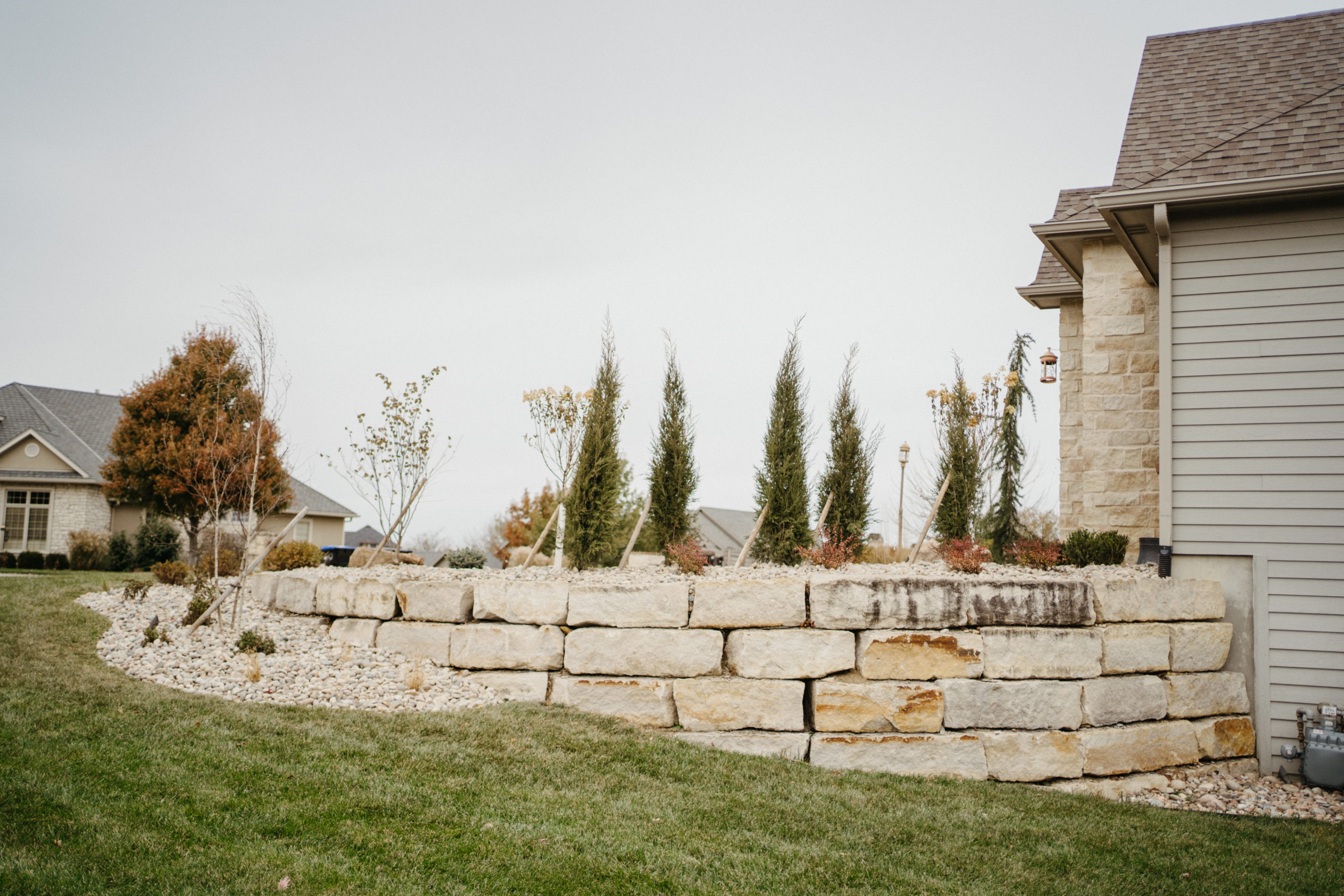Is your property ready for winter? The season full of hot cocoa and jingle bells is just over a month away, and we could not be more excited. We want to make sure you have everything you need this fall to keep your landscape healthy and beautiful as the weather cools down, so we put together a short guide to fall pruning.
One of the most important aspects of fall landscaping is pruning. In the fall, we recommend cutting back on any herbaceous perennials and perennial shrubs and trees you have, which helps promote new, healthy growth in the following seasons.
Pruning Herbaceous Perennials
If you don’t have a master’s degree in horticultural science, and aren’t quite sure what an herbaceous perennial is, basically they are non woody plants that live multiple years. The upper exterior portion of these types of plants die in the wintertime, leaving only their roots alive under the soil and the crown of the plant to regrow in the following spring. Pruning the upper portion of herbaceous perennials helps protect the plant from disease and promotes growth in the next blooming season. Some very common examples of herbaceous perennials are:
- Daylilies
- Coneflowers
- Shasta daisies
- Salvia
- Hardy mums

How much should you cut back?
Herbaceous perennials stay alive underneath the soil, while the top of the plant dies off. Because of this, you can cut them down to a couple of inches of foliage above the soil. A healthy perennial will spring back up through the crown of the plant in the next season.
What about woody perennials?
Much like herbaceous perennials, woody perennials live multiple years. Woody perennials include all perennial trees and shrubs around your property. Woody perennials generally increase in size and width every year, which allows them to support new wood growth.
How much should you cut back?
With most woody perennials, it is best to trim them to your own preferred height and length. In the fall, we typically trim woody perennials down a few inches and give them a nice, clean exterior shape.
With that in mind, we don’t recommend fall shaping of any spring flowering shrubs that bloom off of older wood such as lilacs and viburnum. We recommend waiting until blooming in the spring to trim and shape. Wood shrubs such as spirea that mostly bloom off of new wood are able to be pruned back any time, spring or fall.
The fall and winter seasons are also a great time to do any tree trimming that is needed around your property.
When should you start pruning?
As a general rule, it is best to begin pruning herbaceous perennials when the plant is close to stagnation, is thoroughly yellowing or browning, or when the temperatures freezing or close to freezing. This makes fall a great time to get started!
The practices included in this short fall pruning guide and more are included in our fall cleanup services. For more information on our landscape maintenance services, click here.
P.S. We also recommend cleaning out your landscape beds before winter. Cleaning out any excess leaves or trash in your beds helps keep them healthy and gives them a clean look for the colder season. Additionally, once weather is freezing or close to freezing, remember to detach and pull in any hoses you have outside to keep them from freezing.
